UM began the construction of its new campus in 2009. After years of intensive construction and relocation efforts, the university finally completed its relocation in 2014. Over the following decade, UM has made every effort to develop this academic space. The university has implemented various measures to improve its teaching facilities, living environment, and administrative efficiency, laying the foundation for its rapid development.
Continuously improving campus facilities
The original UM campus, which was situated on Taipa Island and founded in 1981 as part of the University of East Asia, the predecessor of UM, covered a modest 0.054 square kilometres. This limited space greatly hindered the university’s development. Recognising this challenge, on 27 June 2009, the Standing Committee of the National People’s Congress of China granted the Macao Special Administrative Region jurisdiction over UM’s new campus on Hengqin Island to support Macao’s talent development initiatives. In 2014, with the support of the central and Macao SAR governments, the university relocated to an expansive new site spanning 1.0926 square kilometres. This new campus, 20 times larger than the old one, has significantly expanded the university’s capacity to fulfil its educational aspirations.
To create an environment conducive to teaching and research, UM embraced a ‘people-centred’ concept when designing the layout of the new campus. The UM Hengqin campus is divided into four zones: north, south, east, and west, serving the functions of teaching, research, accommodation, and living, respectively. With the relocation, the university’s seven faculties now enjoy expanded teaching and research spaces, and the number of residential colleges has grown from two to ten. This expansion has created favourable conditions for implementing a collaborative educational model that synergises faculties and residential colleges. Moreover, there are various sports venues and activity spaces on the new campus, providing spaces for more than 120 student organisations and university teams in culture, arts, and sports. Many of these cultural and sports facilities are also open to the public.
Expanding academic research space
UM is dedicated to providing robust research platforms for its academic teams. Over the past decade, the university has significantly expanded its research infrastructure, with research spaces on the campus now exceeding 170,000 square metres, dedicated to research in microelectronics, Internet of Things for smart cities, Chinese medicine, health sciences, applied physics and advanced materials, energy, environmental protection, and data science. Notably, the university has established the Scientific Research Base in the north zone of the campus, which spans more than 120,000 square metres and houses many research buildings. Within the Scientific Research Base, the Medical and Pharmaceutical Testing Building was inaugurated in 2023. This building houses the Macao Centre for Testing of Chinese Medicine, which aims to promote the development of the Chinese medicine industry in Macao.
In addition to the abovementioned fields, UM has enhanced its research facilities for the humanities and social sciences. For example, the Cultural Building unveiled in 2019 serves as a hub for several key academic and cultural institutions within the university. These include the Centre for Chinese History and Culture, the Centre for Macau Studies, the Confucius Institute, the Chinese-Portuguese Bilingual Teaching and Training Centre, the Centre for Arts and Design, the Macao Base for Primary & Secondary Education in Humanities & Social Sciences, and the Institute of Advanced Studies in Humanities and Social Sciences. Moreover, dedicated to promoting the arts, UM established its Museum of Art in 2023. The museum exhibits not only global masterpieces but also the creative work of UM students and faculty members in art and design.
Situated at the heart of the UM campus, the UM Wu Yee Sun Library stands as an academic resource centre of the university. The library was opened in 2014 when UM relocated to the Hengqin campus. With an area of 32,000 square metres and approximately 3,000 seats, it holds over 16 million printed and electronic books and periodicals, making it not only the largest library in Macao but also home to the most extensive collection. Next to the library is the University Gallery, which showcases UM’s history, academic development, research achievements, and talent nurturing efforts.
Dr Raymond Wong, associate librarian of the UM Library, has been with the university since 1987 and has witnessed its evolution. ‘Since the relocation, the library has seen enhancements in both its services and collection size,’ he says. ‘It now provides modern reading areas and advanced research tools, creating a comfortable and productive environment. The library also regularly hosts lectures, exhibitions, and academic seminars.’ Dr Wong adds that over the past decade, the library has expanded its range of services, including the collection and organisation of archival records since 2020. In 2021, the UM Archives was established within the library. Another distinctive feature of the library is its unique physical collections, which include ancient books and manuscripts in Chinese and Western languages, documents about Macao, and a collection housed in the library’s Portuguese Corner.
Creating a quality living environment
To create an inspiring learning environment, UM has developed multiple platforms for knowledge integration that transcend cultural and academic boundaries. For example, the UM residential colleges are equipped with dormitories, dining halls, seminar rooms, libraries, computer labs, recreational facilities, and gardens, all fostering vibrant communities within the university. In addition, the university’s Postgraduate Houses, Staff Quarters, and various leisure facilities are designed to enhance the quality of life of students and staff.
Prof Li Defeng, associate dean of the Faculty of Arts and Humanities and director of the Centre for Studies of Translation, Interpreting and Cognition, has worked on both the old campus and the new one. He comments on the changes: ‘The new campus was meticulously designed to meet the needs of students and staff. It offers better accommodation, dining, and sports facilities. These enhancements not only improve the work and study environments but also facilitate the interaction between students and faculty.’ Prof Li also highlights the well-equipped conference and interpreting facilities on the new campus, which have hosted many large-scale interpreting contests and academic conferences.
UM also features a comprehensive academic exchange centre known as the UM Guest House. This facility provides amenities for conferences, leisure activities, accommodation, dining and reception to welcome scholars from around the world.
Optimising administration and promoting environmental protection
Since relocating to Hengqin Island, UM has reaffirmed its commitment to improving service quality management and environmental protection. In 2016, the university achieved the ISO 9001:2015 and ISO 14001:2015 certifications, making it the first higher education institution in Macao to obtain these certifications. Furthermore, in response to the Macao SAR Government’s initiative to promote e-governance, the university has implemented the Official Letter and Document Management System and introduced a wide range of e-payment options. In addition, the university has optimised its online teaching capabilities by enhancing its video and learning management systems. These efforts have not only enhanced administrative efficiency but also addressed the teaching and learning needs of both faculty and students.
In addition to improving the workflows and performance of its departments, UM is committed to creating an environmentally friendly and energy-efficient campus, as well as raising environmental awareness among its members. This commitment was exemplified when UM’s Student Activity Centre was certified as a three-star green building by the China Green Building Council in 2015, underscoring the university’s dedication to sustainable development.
Creating an environment conducive to education
By consistently landscaping its campus and enhancing its facilities, UM is committed to creating an environment that encourages intellectual and academic pursuits. The UM campus, which features beautiful garden and lake views, has greenery and water areas totalling 540,000 square metres, providing a serene and environmentally friendly living space for faculty and students.
In 2018, the Ministry of Education gifted UM a sculpture ‘The Wall of Great Wisdom’. Situated at the UM Lotus Square, the sculpture symbolises the central government’s support for Macao’s educational development. It is also inscribed with the UM motto—Humanity, Integrity, Propriety, Wisdom, and Sincerity—reflecting the university’s commitment to nurturing well-rounded students.
Another notable highlight is the lakeside UM Man Lung Garden, which was inaugurated also in 2018. The garden showcases a collection of nearly one hundred Penjing pots generously donated by the Wu Yee Sun family. These Penjing pieces, with their diverse and elegant shapes and styles, contribute a sense of poetic serenity to the campus. On the other hand, the Suao Pavilion unveiled in 2023 further enriches the campus’s cultural landscape, exemplifying an integration of Jiangnan and Lingnan cultures.
The UM campus is distinguished by its abundant greenery, which has been further enhanced by the contributions from its graduates and alumni. To show their gratitude to UM, two graduating classes planted a flame tree and a jacaranda respectively along the Alumni Avenue on the campus. Additionally, a group of UM alumni gave the university an inscribed stone tablet that highlights the importance of reading, while some other alumni established the Alumni Grove near the UM Sports Complex by planting trees. These meaningful contributions not only add to the natural beauty of the campus but also serve as lasting memories.
Prof Tang Keng Pan, emeritus professor of Chinese Language and Literature, has been with UM since 1993. He has witnessed the university’s evolution from a small university in Taipa to a large university with an expansive new campus. Reflecting on this transformation, Prof Tang quotes philosopher Xunzi: ‘Just as wood straightens under tension and metal sharpens on a whetstone, so too does the right environment foster human growth.’ He speaks highly of the university’s new setting. With its verdant landscapes and proximity to natural beauty, the campus provides an ideal environment for the pursuit of knowledge and free exploration, which is essential for liberal arts education. Furthermore, he notes that the campus design, which promotes communal living and dining among students from various disciplines, helps break down barriers between students and enriches their university experience and personal development.
Advancing sustainable campus development
Over the past decade, UM has made continuous efforts to upgrade its teaching, research, accommodation, and living facilities, while also enhancing administrative services to better support academic activities. Looking to the future, the university remains dedicated to fostering a high-quality and sustainable educational environment. Furthermore, UM is committed to developing a smart campus that fosters innovation among faculty and students.
Text / Gloria Kuok
Photo / Editorial Board
English Translation / Bess Che, Senior UM Reporter Zheng Weilu
Source: UMagazine Issue 29
All articles in the special issue dedicated to the 10th anniversary of UM’s relocation to Hengqin Island:
· Rector’s words· Key milestones of the past decade· Nurturing innovative talent to embrace new horizons· Breaking barriers through interdisciplinary research· Optimising platforms to serve society· Strengthening global networks· Building an all-encompassing educational environment· Seizing new opportunities from Macao-Hengqin integration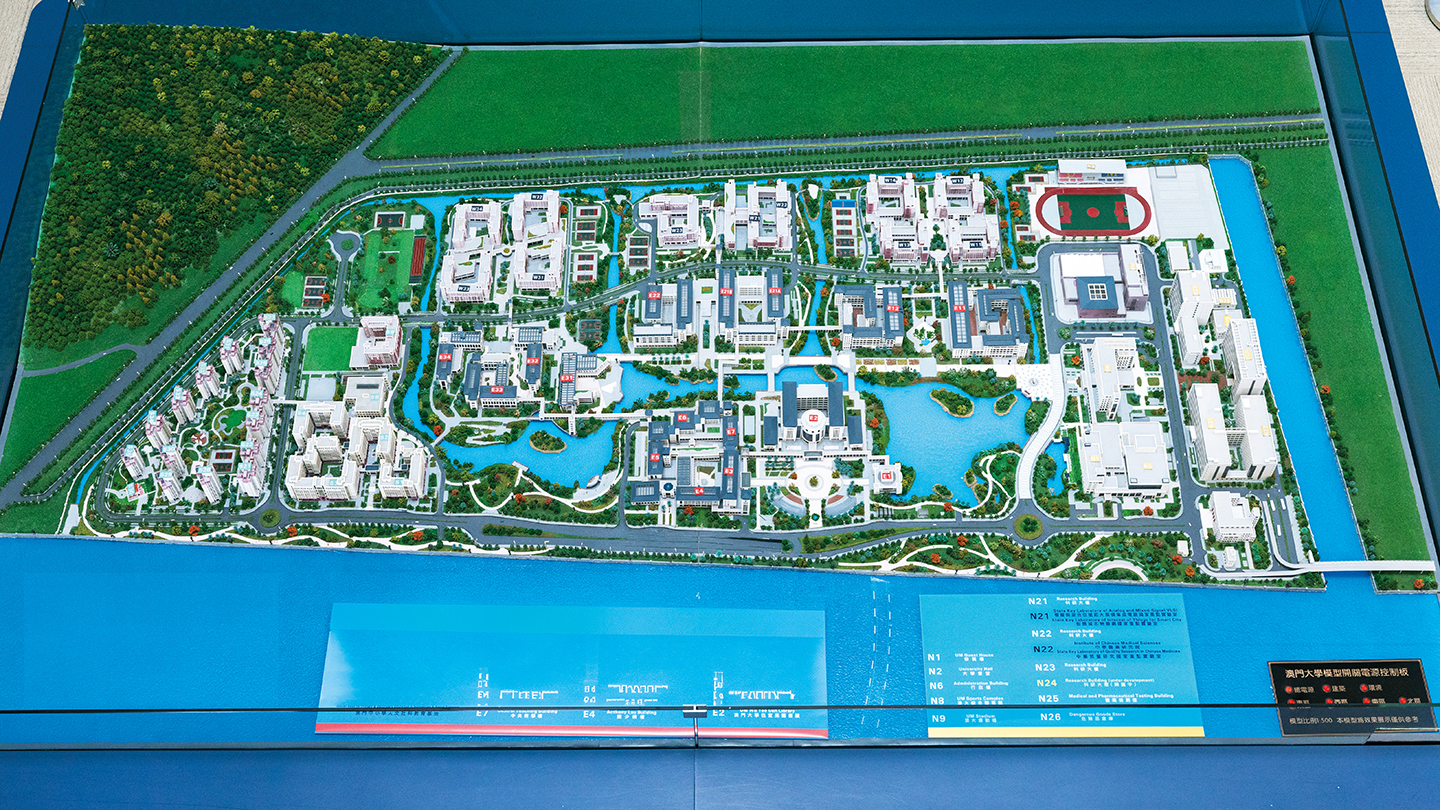
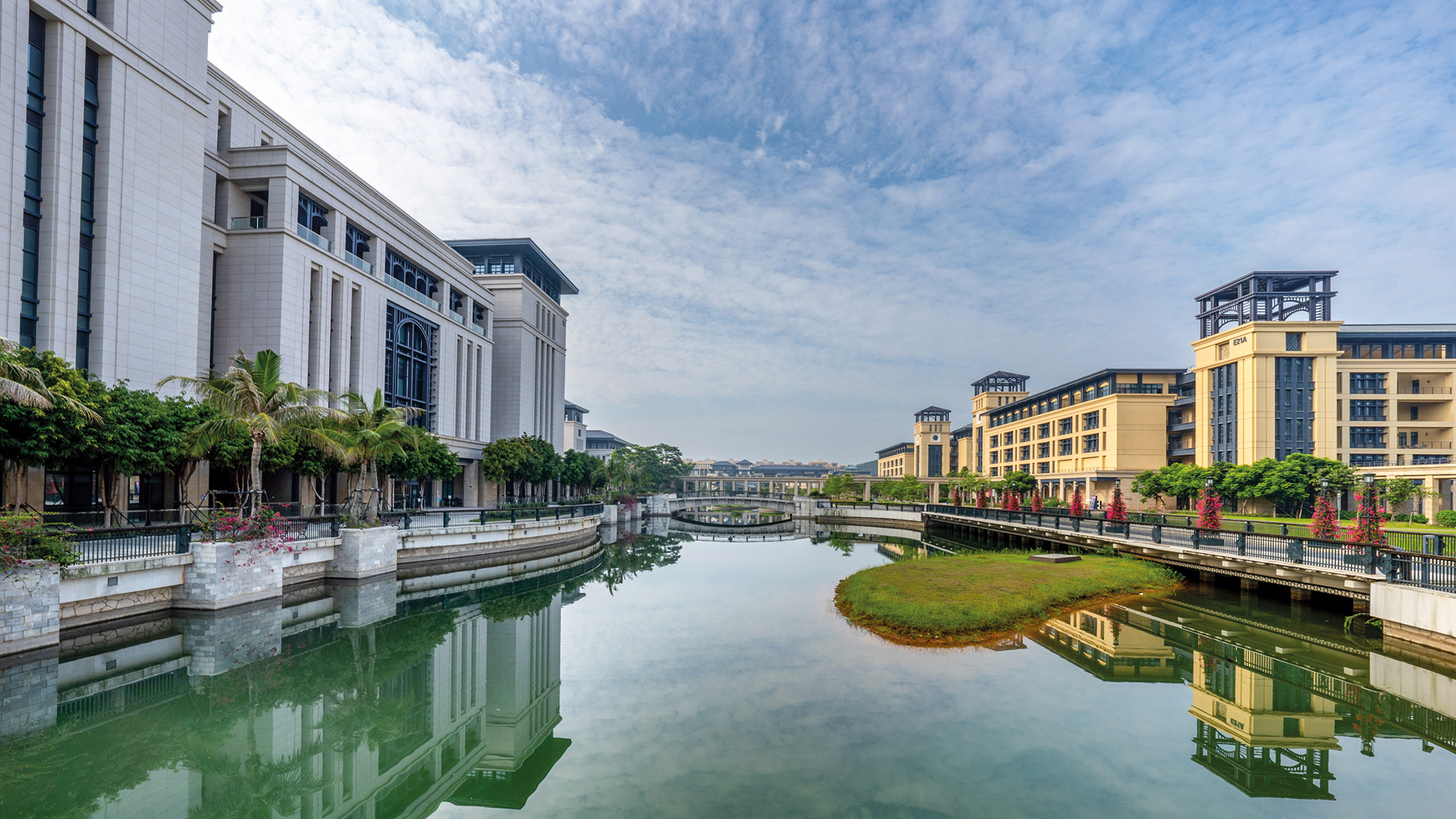
UM provides an all-encompassing educational environment for its faculty and students
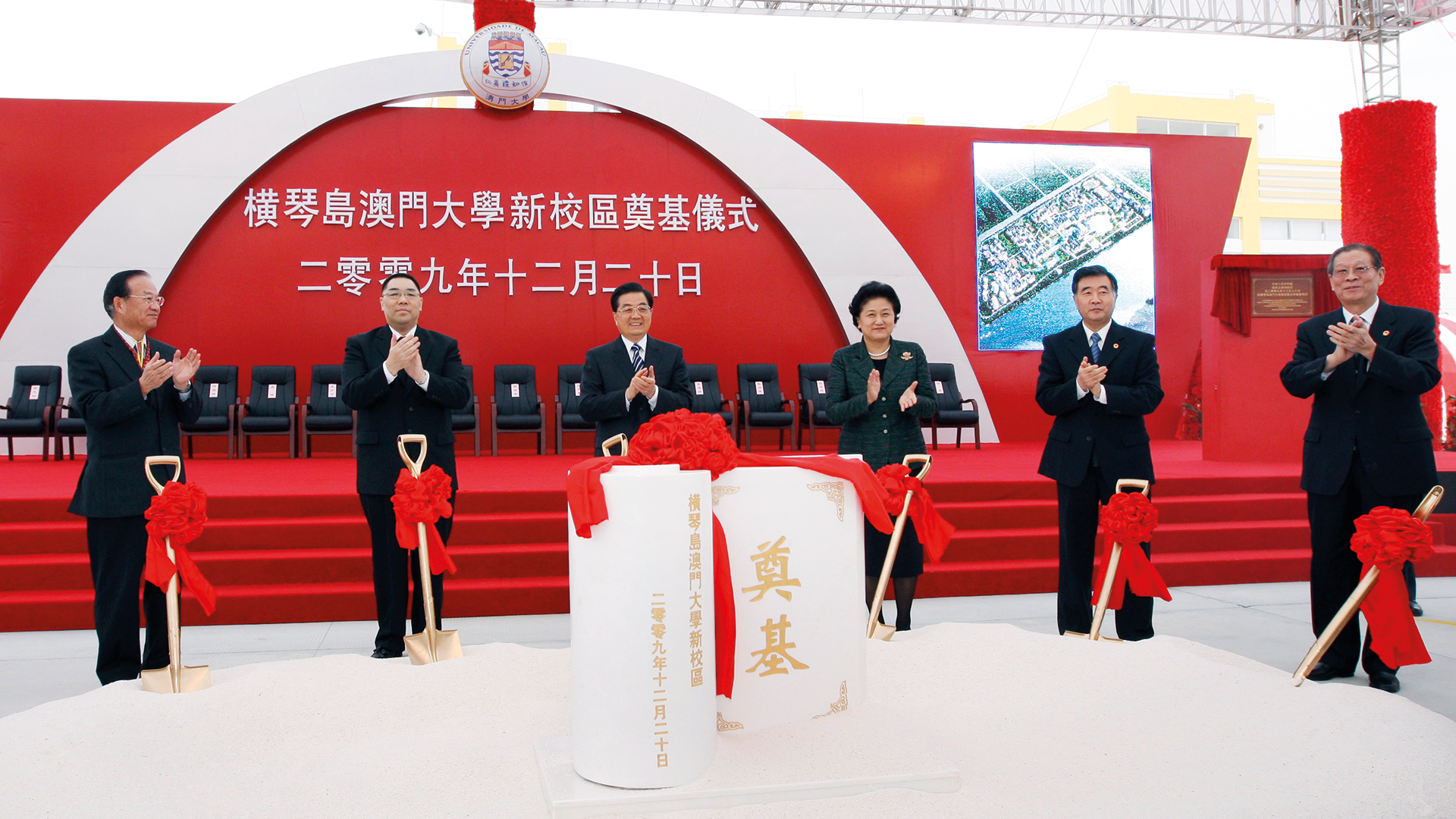
UM held a groundbreaking ceremony in 2009 to mark the construction of its new campus
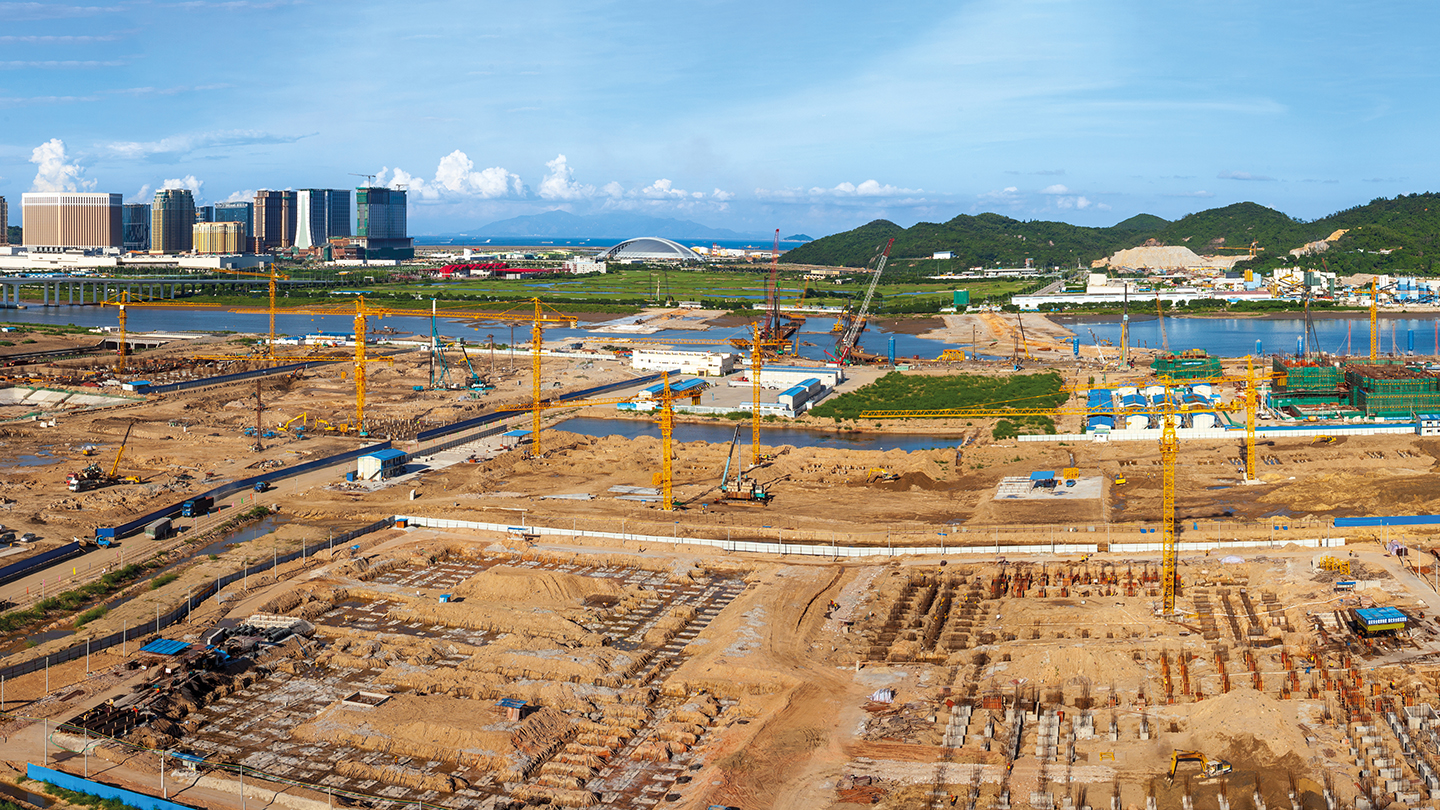
UM’s new campus, which took more than three years to construct, was inaugurated in November 2013.
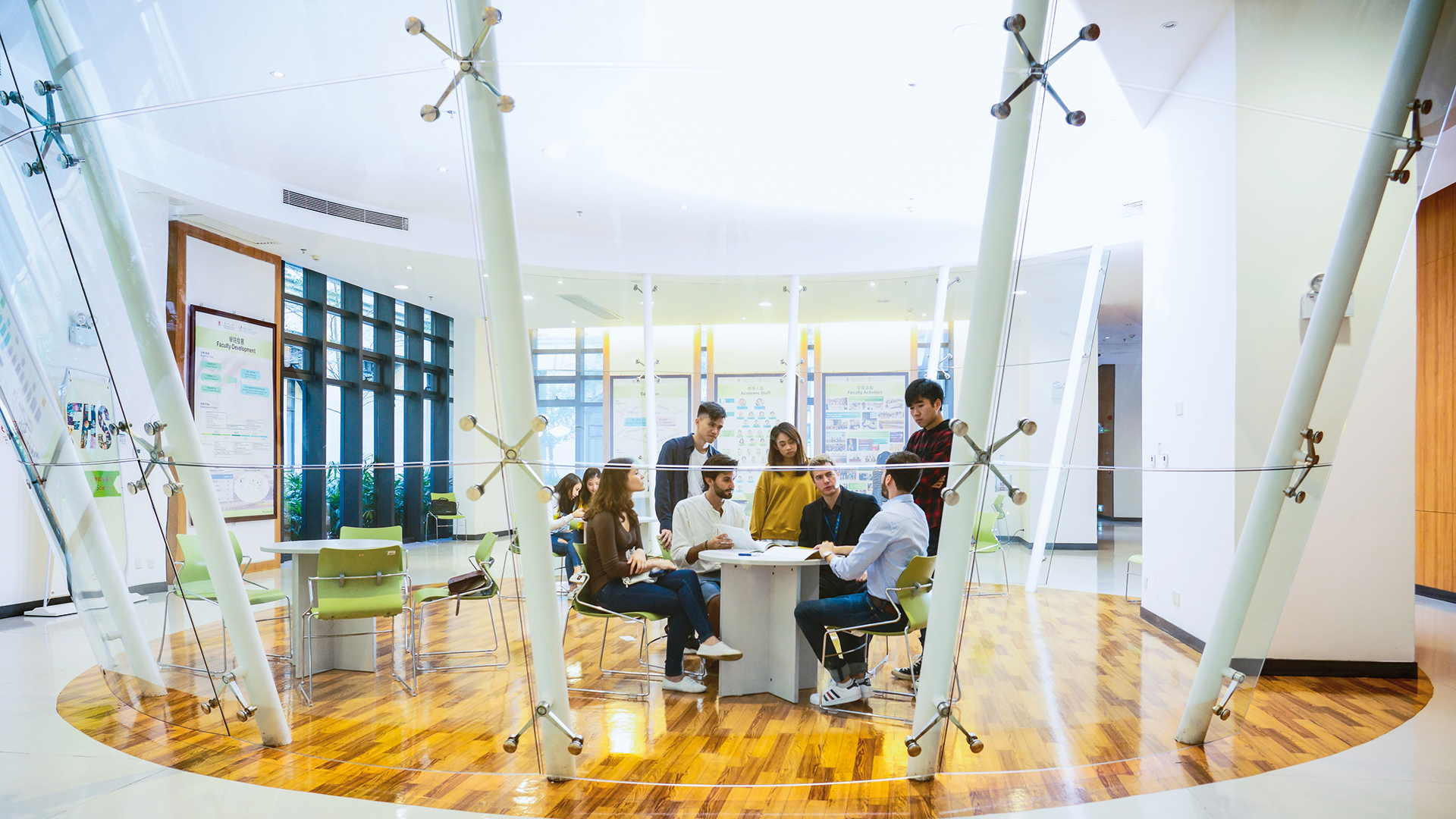
UM creates an inspiring learning environment for students
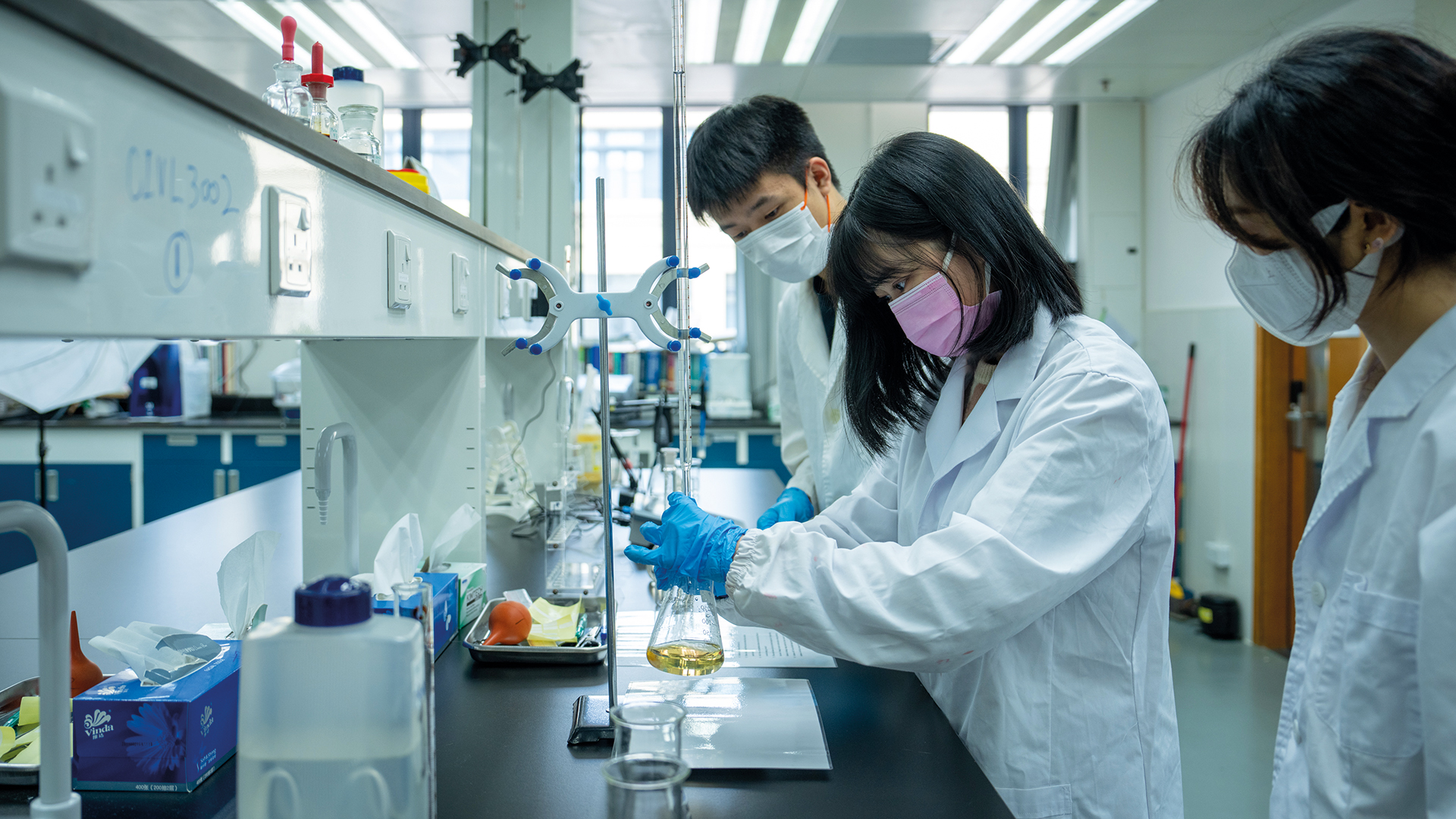
UM provides well-equipped research spaces for its faculty
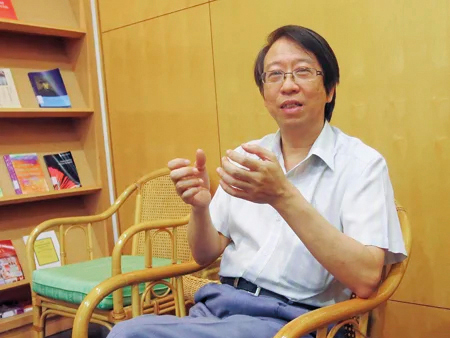
Dr Raymond Wong
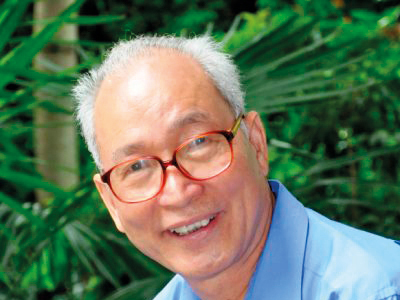
Prof Tang Keng Pan
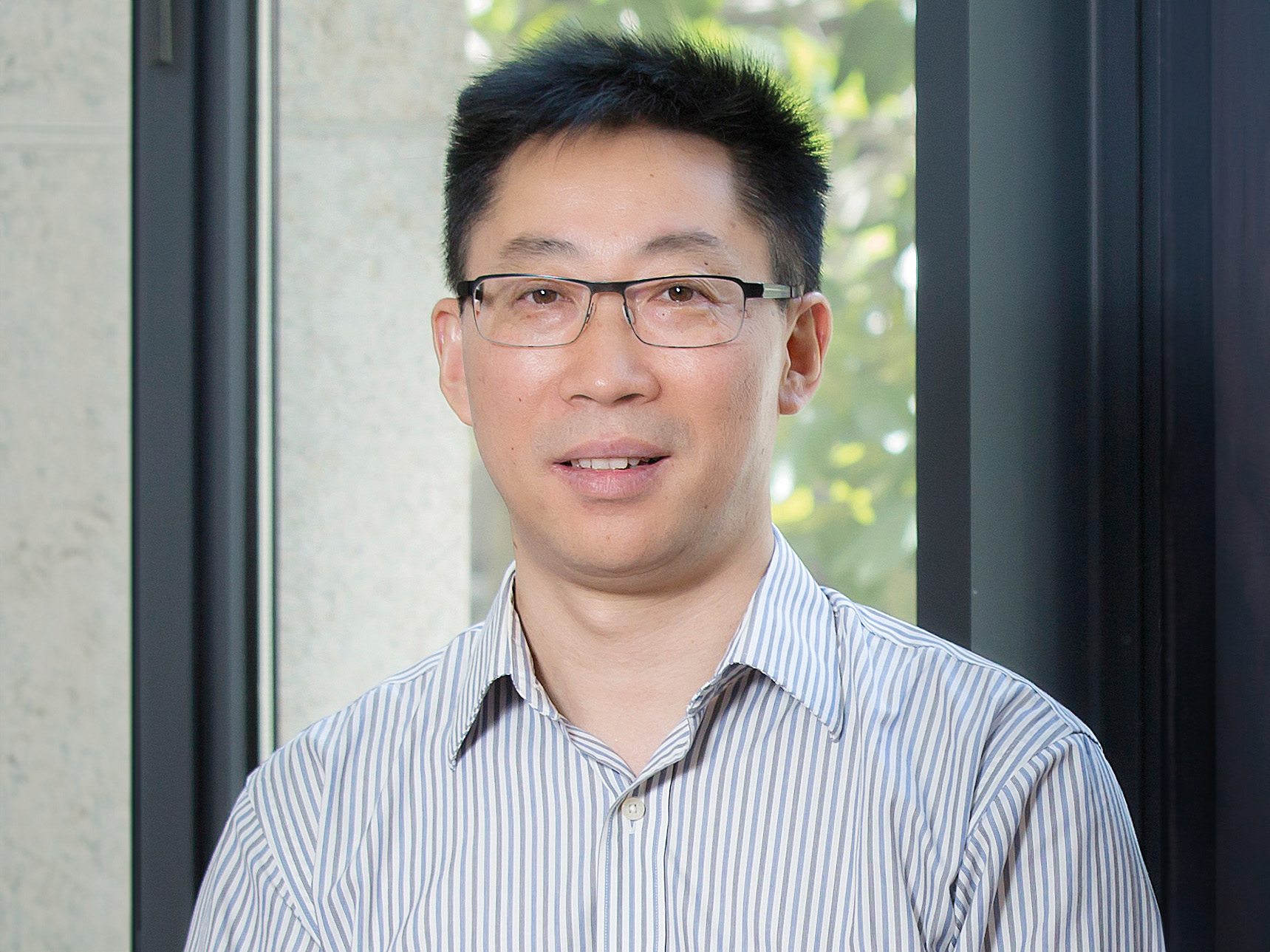
Prof Li Defeng
